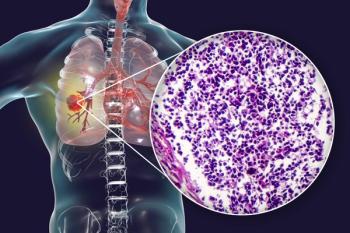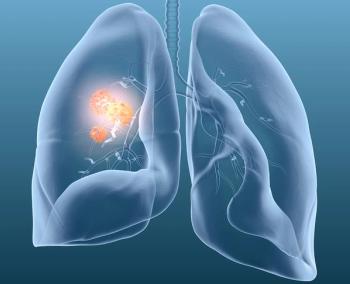
Identifying Common Toxicities with Targeted Therapies in GI Malignancies
Skin toxicities are common with targeted therapies for GI malignancies but can be remedied by preventative measures and a collaboration with dermatology.
In an interview with CancerNetwork®, Rona Yaeger, MD, gastrointestinal medical oncologist and Early Development Specialist at Memorial Sloan Kettering Cancer Center, spoke about common toxicities that might emerge with targeted therapies, including BRAF, KRAS, and EGFR inhibitors, when treating patients with gastrointestinal (GI) malignancies. The discussion was contextualized by a session she delivered titled, “Targeting BRAF, KRAS, and HER2 in GI Tumors” at the 43rd Annual Chemotherapy Foundation Symposium (CFS) in New York, NY.
Yaeger began by explaining that targeted therapies are mechanistically different from chemotherapy, with the former offering more specificity but unique toxicities. One common type, skin toxicities, require proactive management, with Yaeger’s team working with dermatology to manage these symptoms.
Additionally, she highlighted the approval of encorafenib (Braftovi), which has been shown to counteract acneiform rash events which emerge from treatment with cetuximab (Erbitux). Although these patients may not experience rash, dry skin may be common, with her team advising patients to moisturize and limit sun exposure. Yaeger concluded by highlighting diarrhea events that occur with these treatments, which can be proactively monitored for and treated with anti-diarrheal agents.
Transcript:
Targeted therapies work differently from chemotherapy, and rather than hitting all the rapidly dividing cells, they are more specific and may have unique toxicities, and the toxicities vary across the targets. For some treatments such as EGFR inhibitors or RAS inhibitors. Entering the clinic, skin toxicity is a key [adverse] effect, and we try to be proactive in managing that, both by giving preventative medications, such as using antibiotics and involving dermatology when patients have toxicity.
With the BRAF [inhibitors]––with approval for encorafenib––generally, it does not cause the acneiform rash, and it seems to oppose the effect of cetuximab. Patients getting encorafenib and cetuximab do not tend to have many rash, but dry skin is common, and we tell patients to moisturize and be careful with sun [exposure]. Some of the targeted therapies also can cause diarrhea. That’s a common [adverse] effect, and again, it’s good to be proactive, make sure patients are aware, and we can give anti-diarrheal agents.
Reference
Yaeger R. Targeting BRAF, KRAS, and HER2 in GI tumors. Presented at: 43rd Annual Chemotherapy Foundation Symposium (CFS); New York, NY. November 12-14, 2025.
Newsletter
Stay up to date on recent advances in the multidisciplinary approach to cancer.




















































































